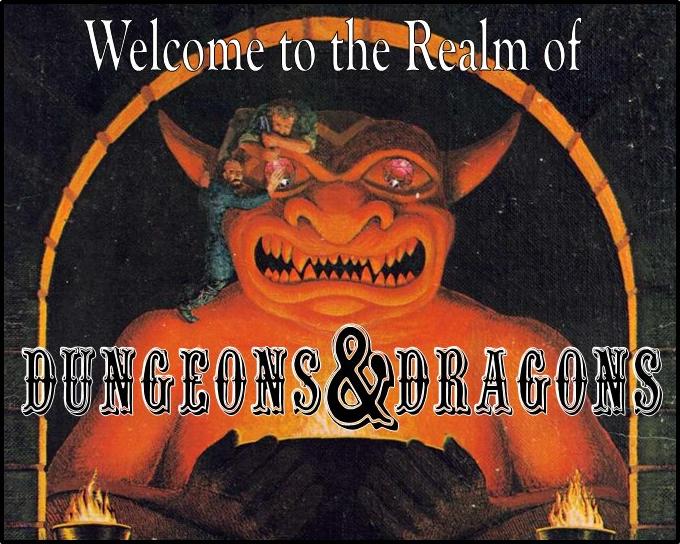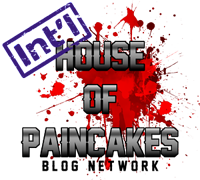OK, I know this is going to result it hate-outrage. But Lord of the Rings pretty much sucks. The books are long winded and so up themselves you can almost smell the s**t-stains.
The Movies aren't much better (which is actually what burned me out) - and I prefer Sword and Sorcery (Conan and Thongor) over the novels, and pretty much any Fantasy/Science Fantasy over the Movies (STAR WARS RULES, the... original Trilogy comes first though).
In all the Middle Earth Stories - Tolkien's good guys are white and noble - and the bad guys are black, slanty-eyed, unattractive, inarticulate and a psychologically undeveloped horde - bigotry at its best.
In the Movies – Check the percentage of protagonists in Fellowship who are white: 100%
Meanwhile the black-skinned antagonists and their black crow spies and their black glass seeing ball inhabit their black towers and perform black magic. One would have to be blind to miss the symbolism.
Only Saruman is white, and even he is abusing the other races and treating them like slaves to reach his goal.
The Movie continuity guys are crap, In the massive Mt. Doom battle scene at the beginning of Fellowship of the Ring, a DVD pause reveals at least half a dozen of the 50,000 Orc Warrior extras are wearing modern tennis shoes.
Re – the ACTUAL PLOT of Lord of the Rings. Why TF didn't they take horses on their quest?( Or even more practically, why didn't Gandalf's giant flying bird friend haul them to Mordor if it was THAT bloody important, at the end the Giant Eagles rescued Frodo and Sam in no time flat – if its so damn important to destroy the ring why risk it ON FOOT OVER AN EXTENDED PERIOD OF TIME) – HEY LOOK OUT FELLOWSHIP - ALL methods of transportation have been swallowed by the “Dark Lord of the Plot Hole”!
Every time Frodo or Bilbo went invisible with the ring he should have also gone BLIND. Your eyes cannot function unless light is reflected off the cornea. If light passes through it (as must be the case with invisibility) sight is no longer possible. D’OH!
I read somewhere that US students are being forced to read some novelization of the movies in their literature classes. UTTERLY Ridiculous! Hollywood wins again
OK – RANT OVER!
The Movies aren't much better (which is actually what burned me out) - and I prefer Sword and Sorcery (Conan and Thongor) over the novels, and pretty much any Fantasy/Science Fantasy over the Movies (STAR WARS RULES, the... original Trilogy comes first though).
In all the Middle Earth Stories - Tolkien's good guys are white and noble - and the bad guys are black, slanty-eyed, unattractive, inarticulate and a psychologically undeveloped horde - bigotry at its best.
In the Movies – Check the percentage of protagonists in Fellowship who are white: 100%
Meanwhile the black-skinned antagonists and their black crow spies and their black glass seeing ball inhabit their black towers and perform black magic. One would have to be blind to miss the symbolism.
Only Saruman is white, and even he is abusing the other races and treating them like slaves to reach his goal.
The Movie continuity guys are crap, In the massive Mt. Doom battle scene at the beginning of Fellowship of the Ring, a DVD pause reveals at least half a dozen of the 50,000 Orc Warrior extras are wearing modern tennis shoes.
Re – the ACTUAL PLOT of Lord of the Rings. Why TF didn't they take horses on their quest?( Or even more practically, why didn't Gandalf's giant flying bird friend haul them to Mordor if it was THAT bloody important, at the end the Giant Eagles rescued Frodo and Sam in no time flat – if its so damn important to destroy the ring why risk it ON FOOT OVER AN EXTENDED PERIOD OF TIME) – HEY LOOK OUT FELLOWSHIP - ALL methods of transportation have been swallowed by the “Dark Lord of the Plot Hole”!
Every time Frodo or Bilbo went invisible with the ring he should have also gone BLIND. Your eyes cannot function unless light is reflected off the cornea. If light passes through it (as must be the case with invisibility) sight is no longer possible. D’OH!
I read somewhere that US students are being forced to read some novelization of the movies in their literature classes. UTTERLY Ridiculous! Hollywood wins again
OK – RANT OVER!





